Andy Warhol In Taipei
Content Editor: Alice On
“You have to do stuff that average people don’t understand because those are the only good things.”
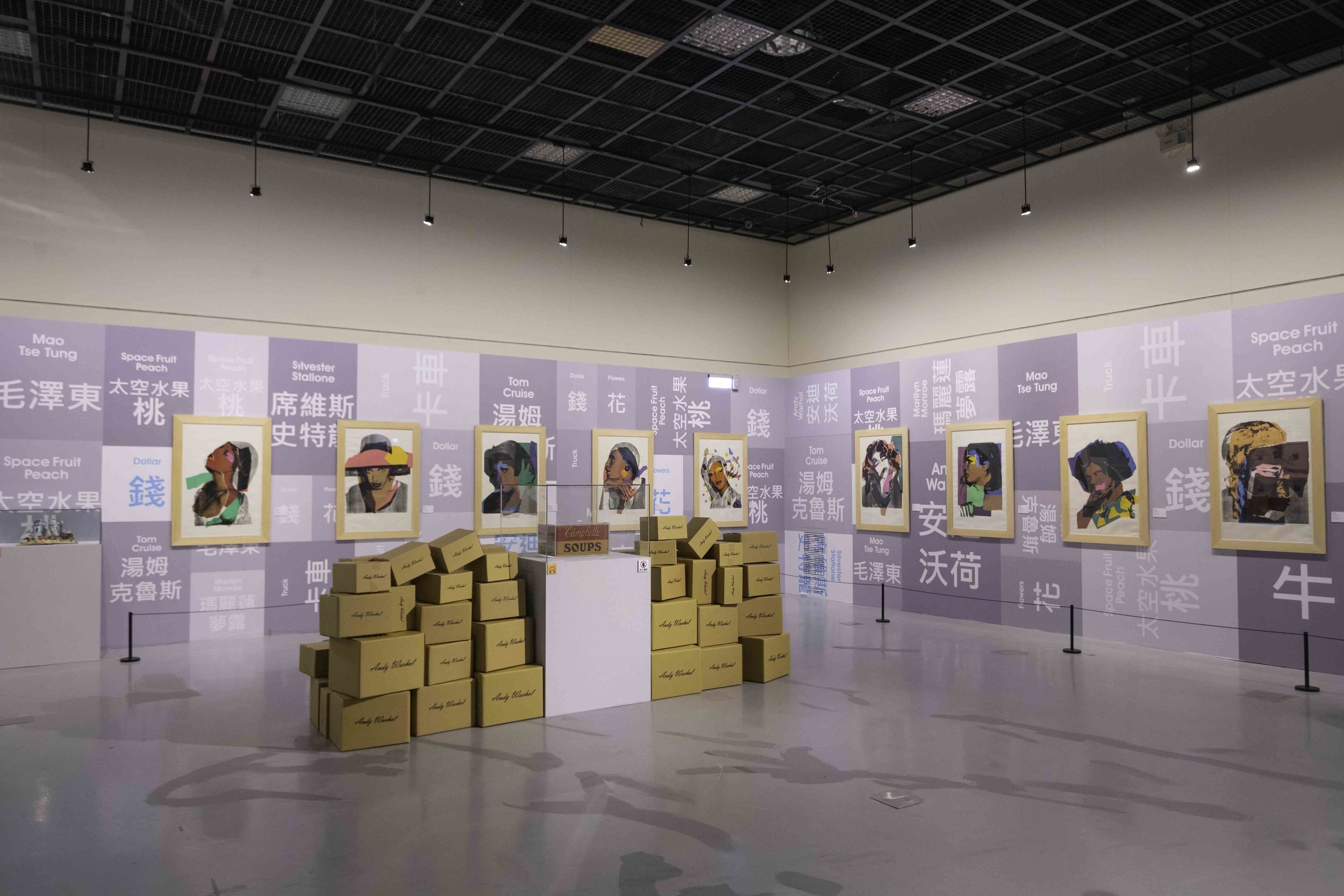
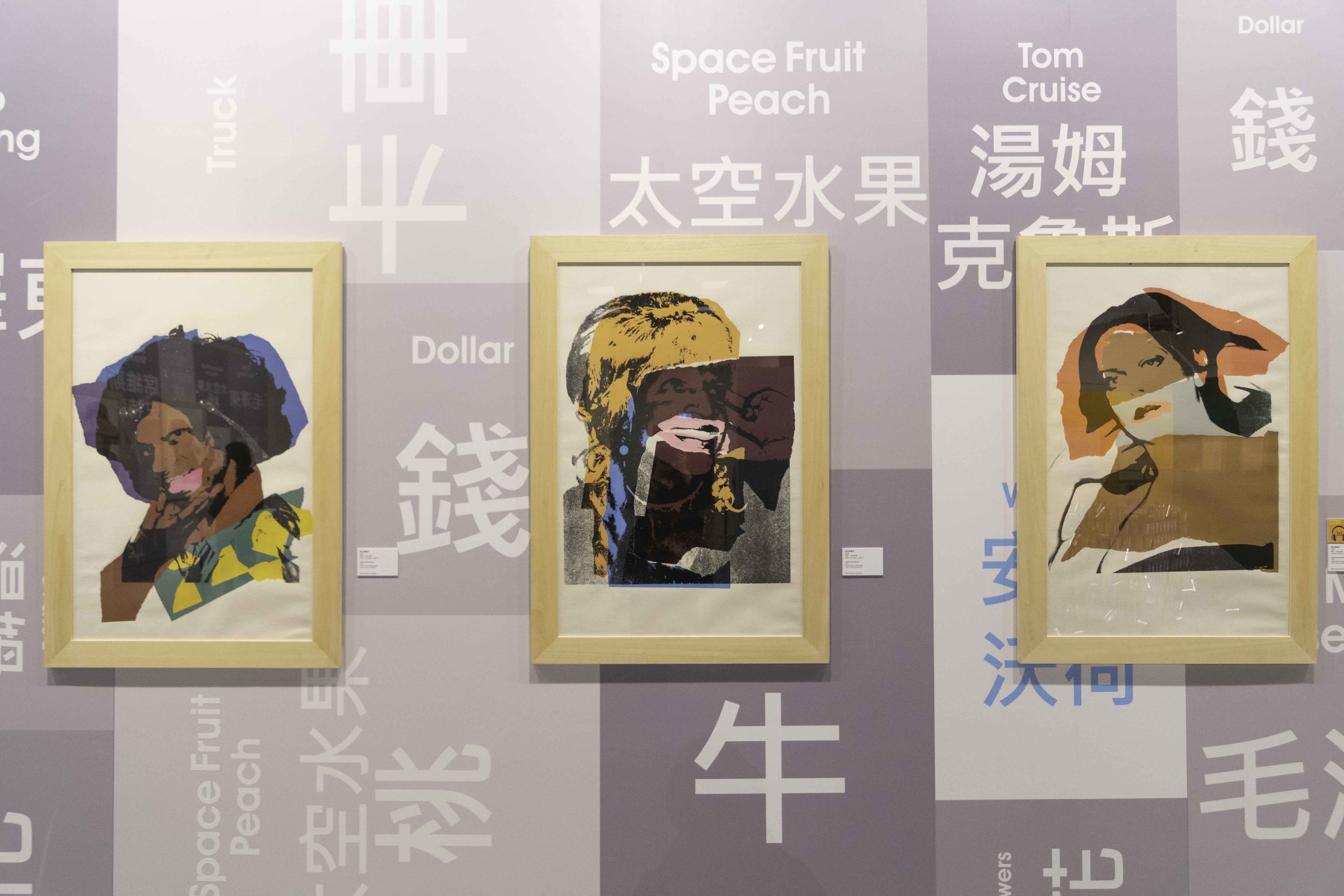
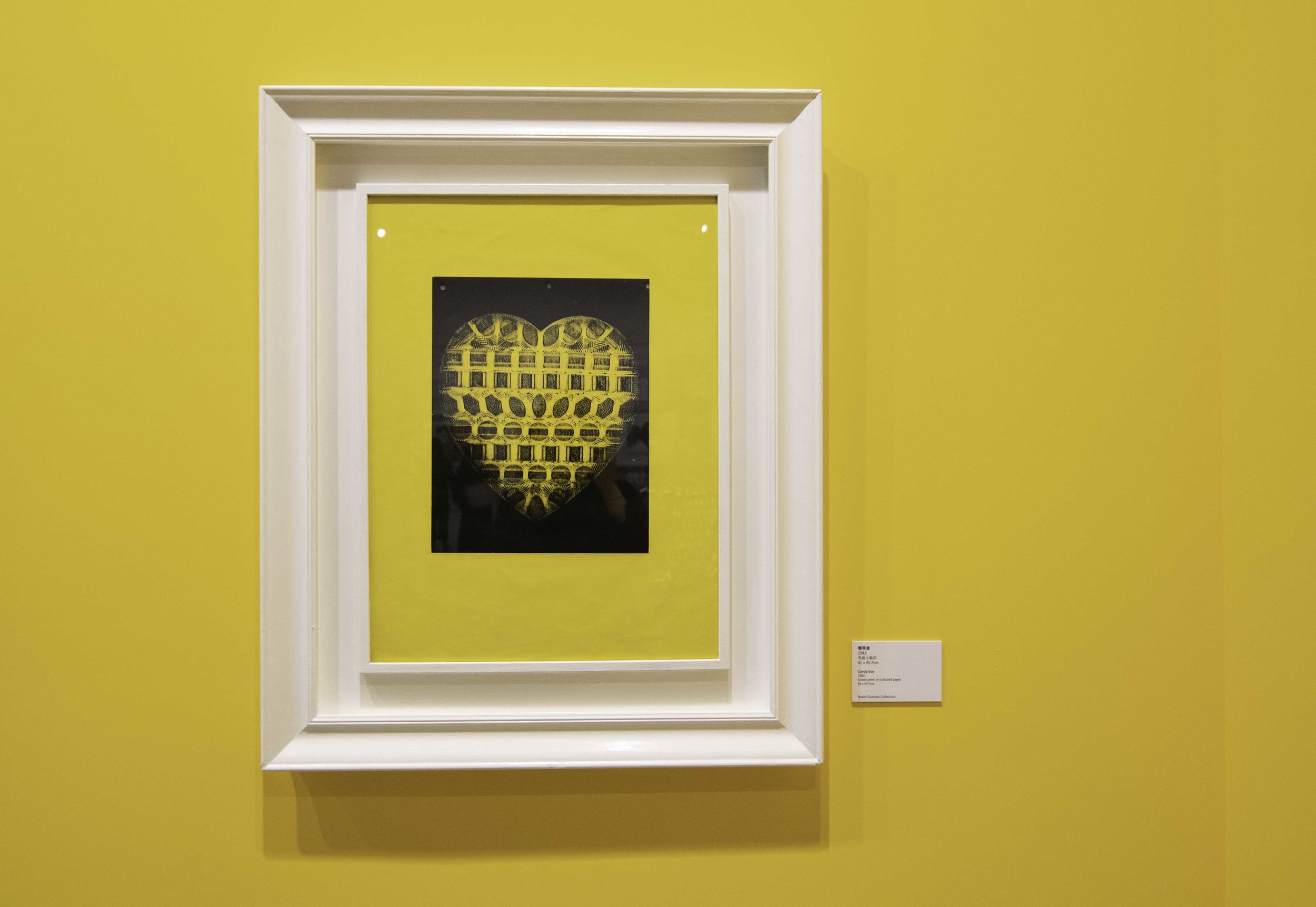
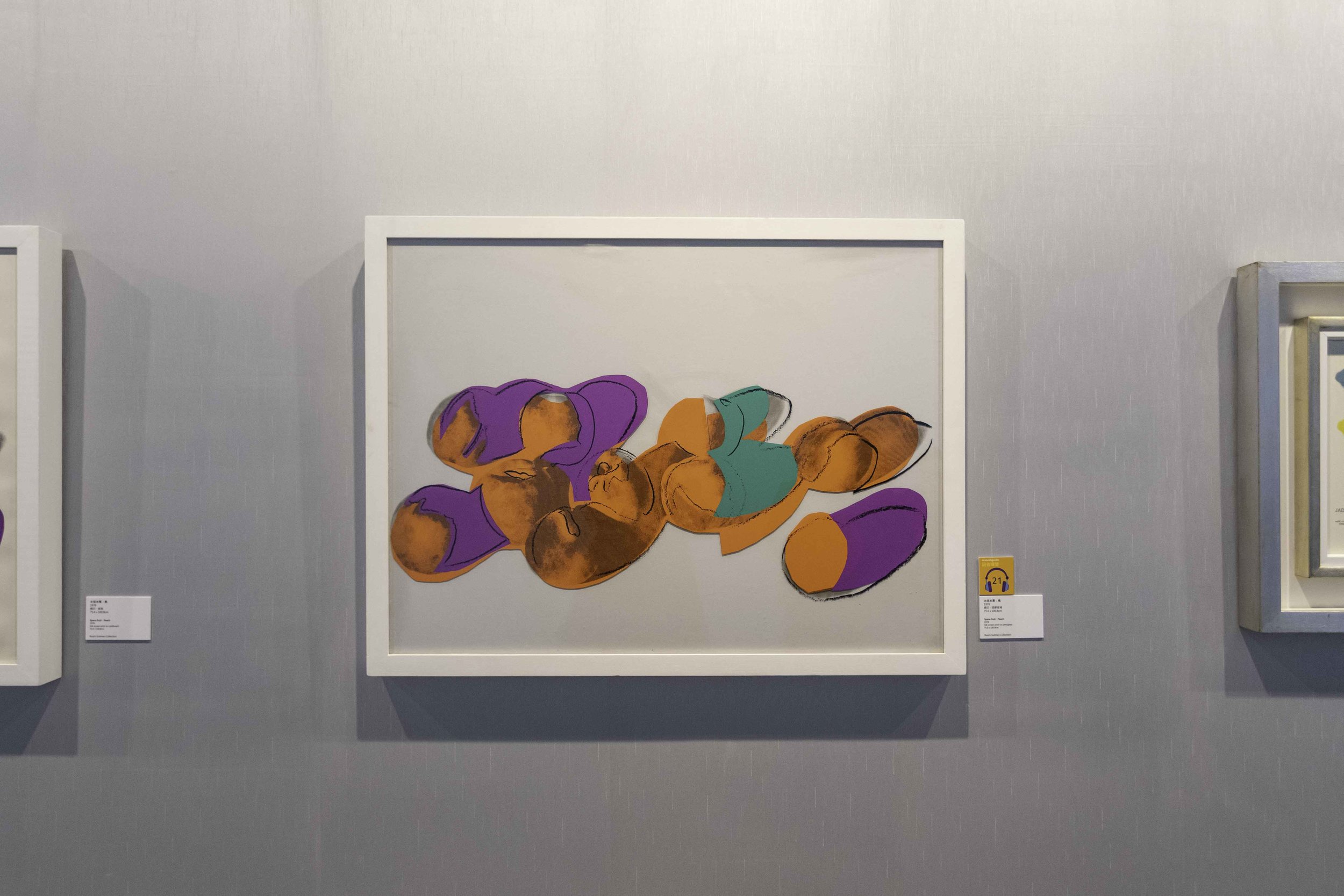
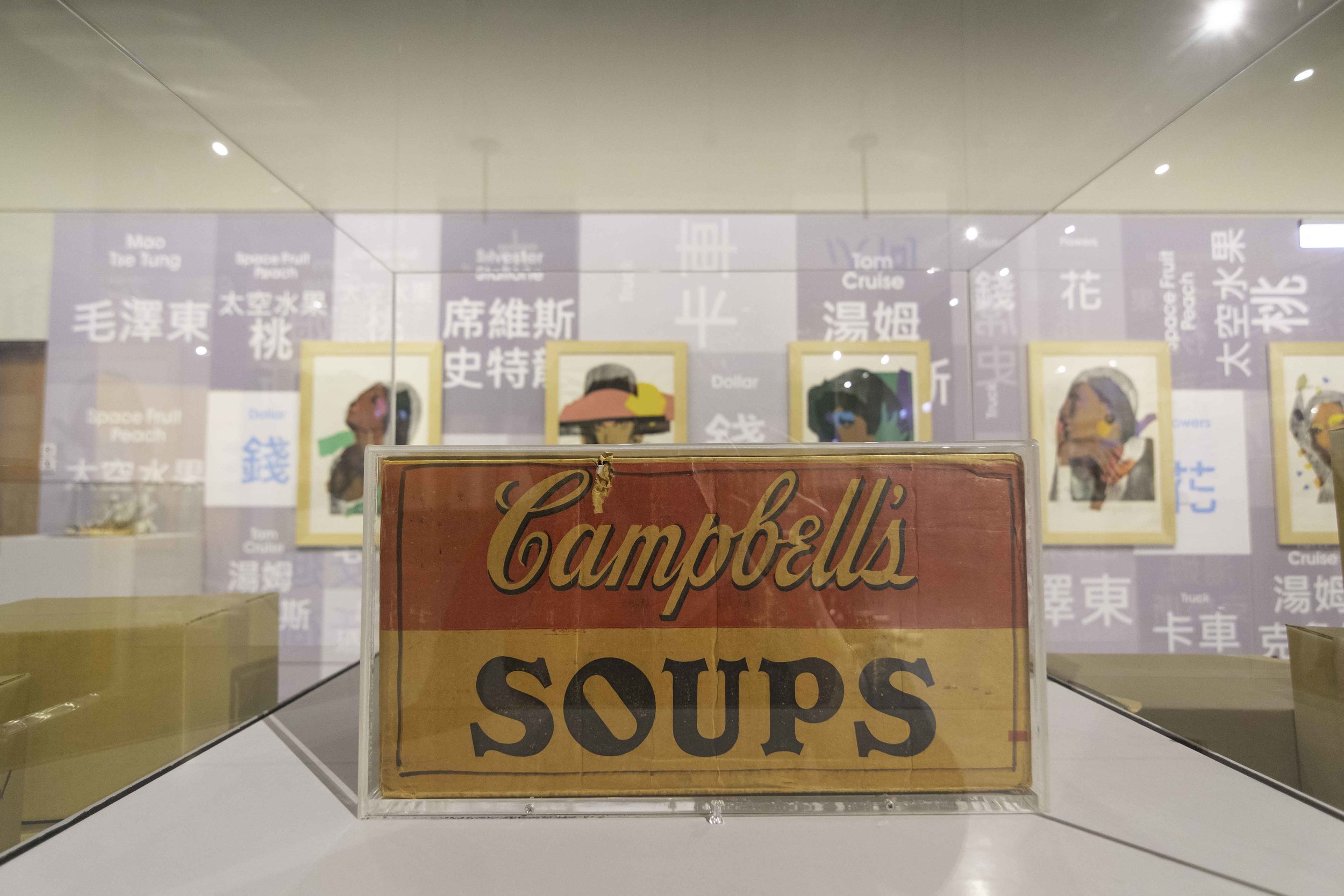
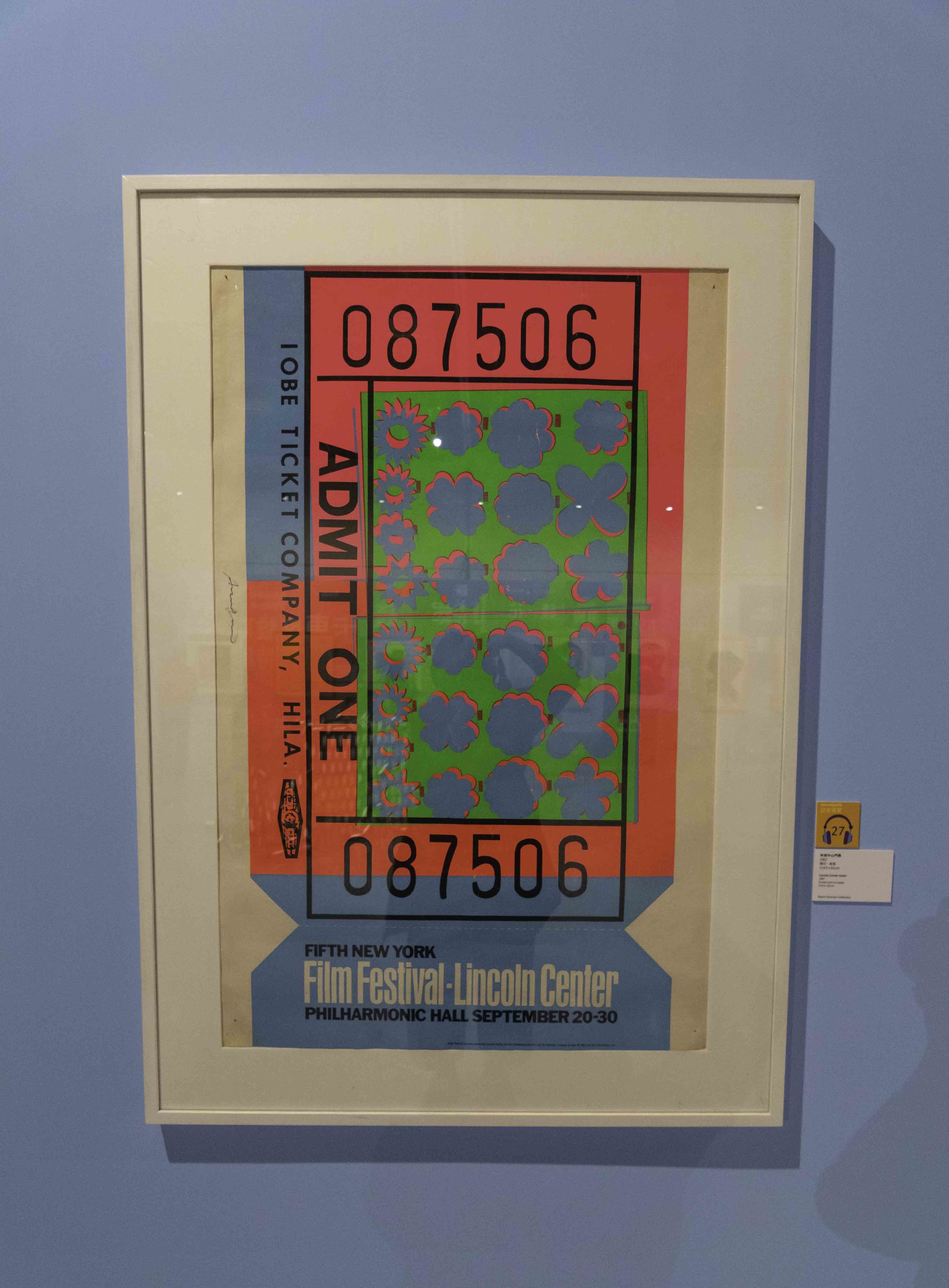

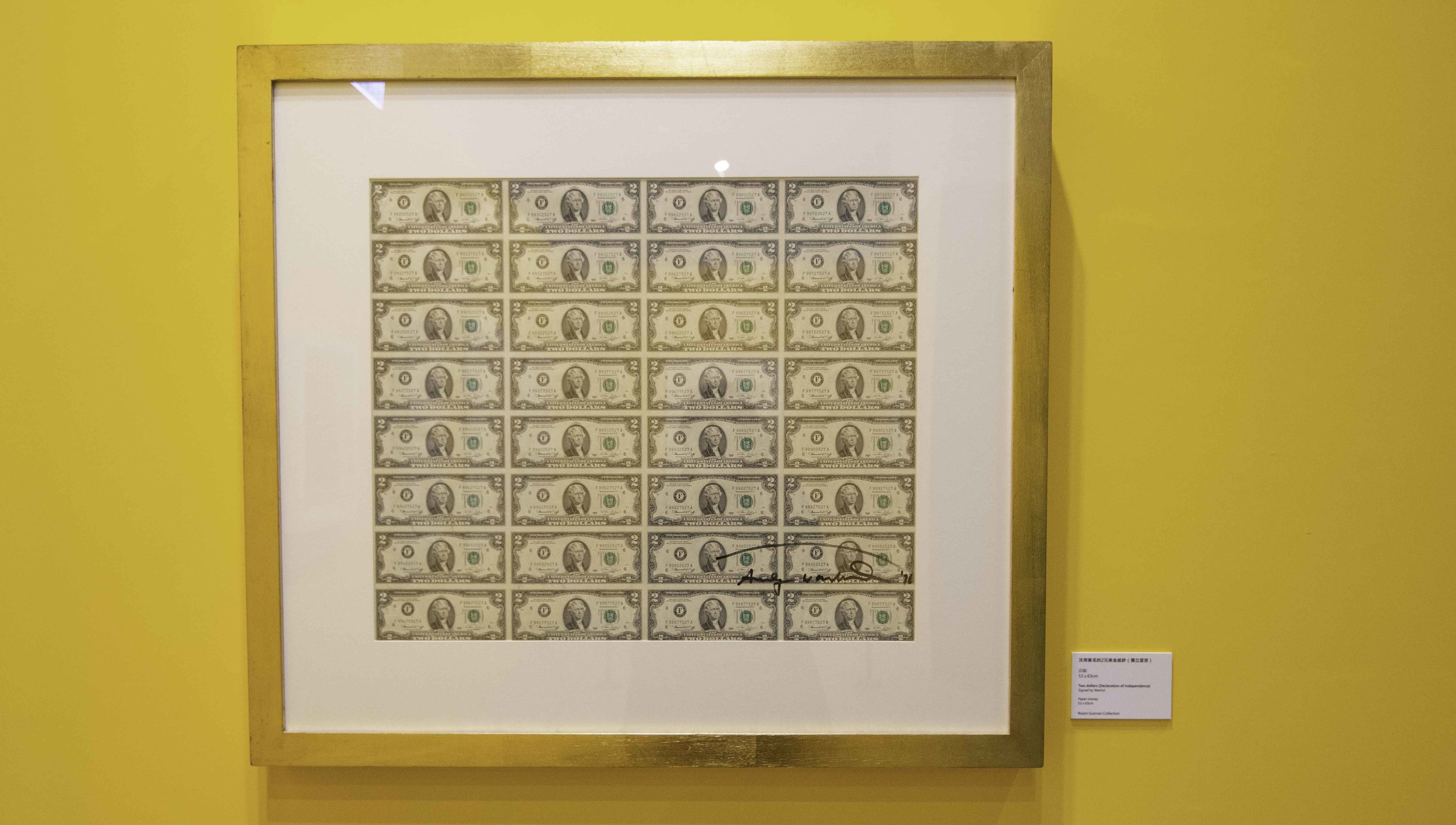
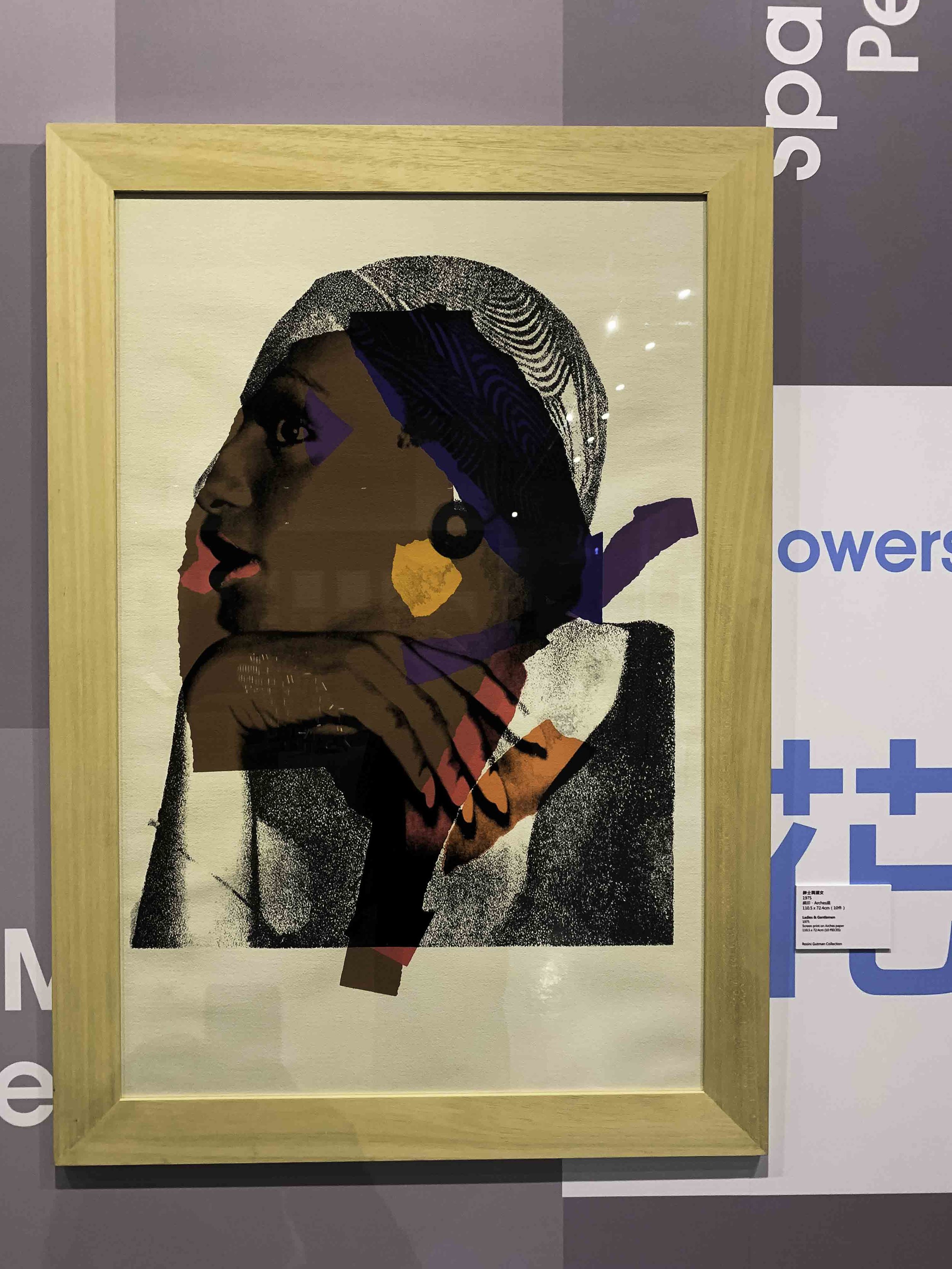
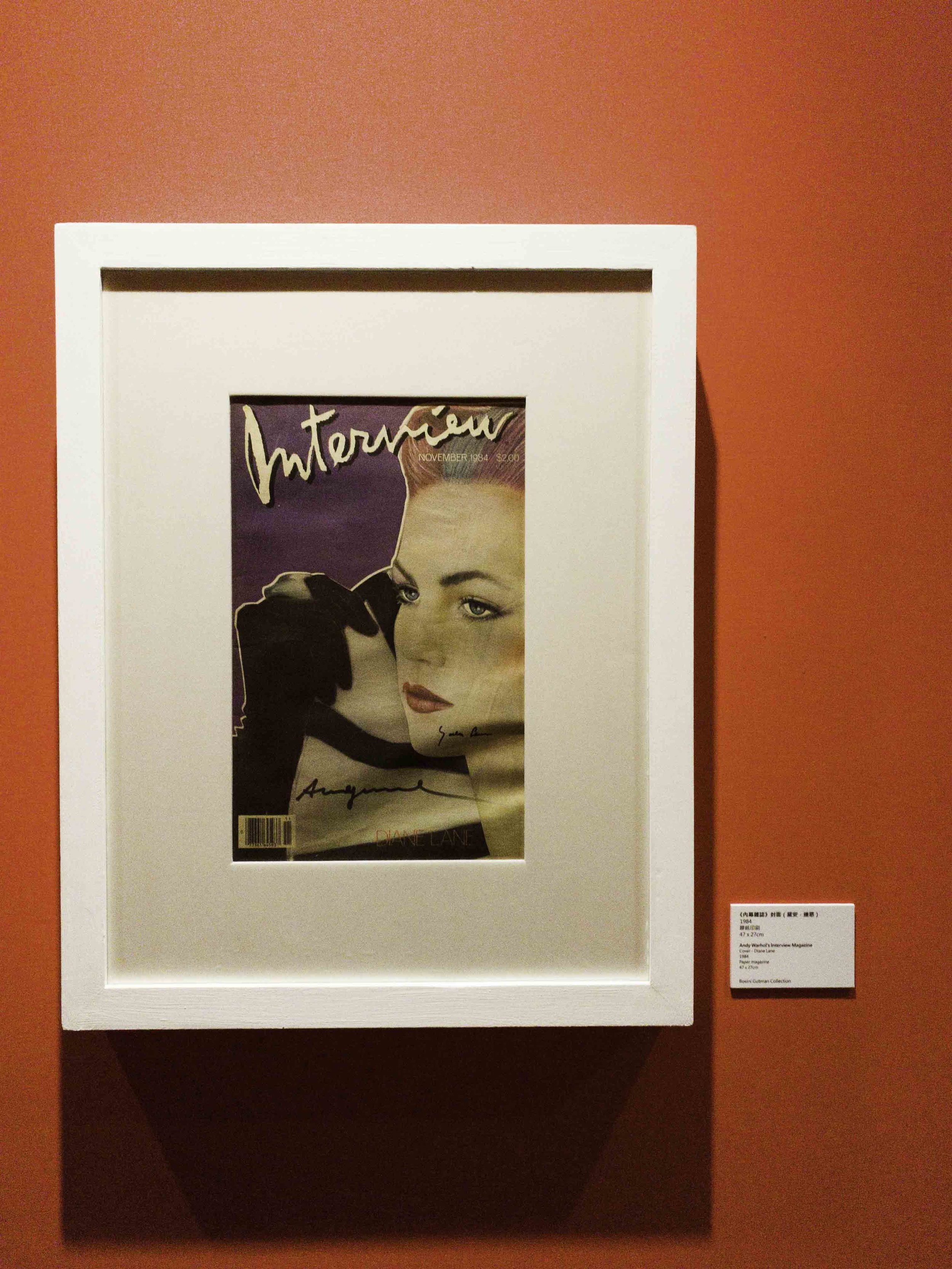
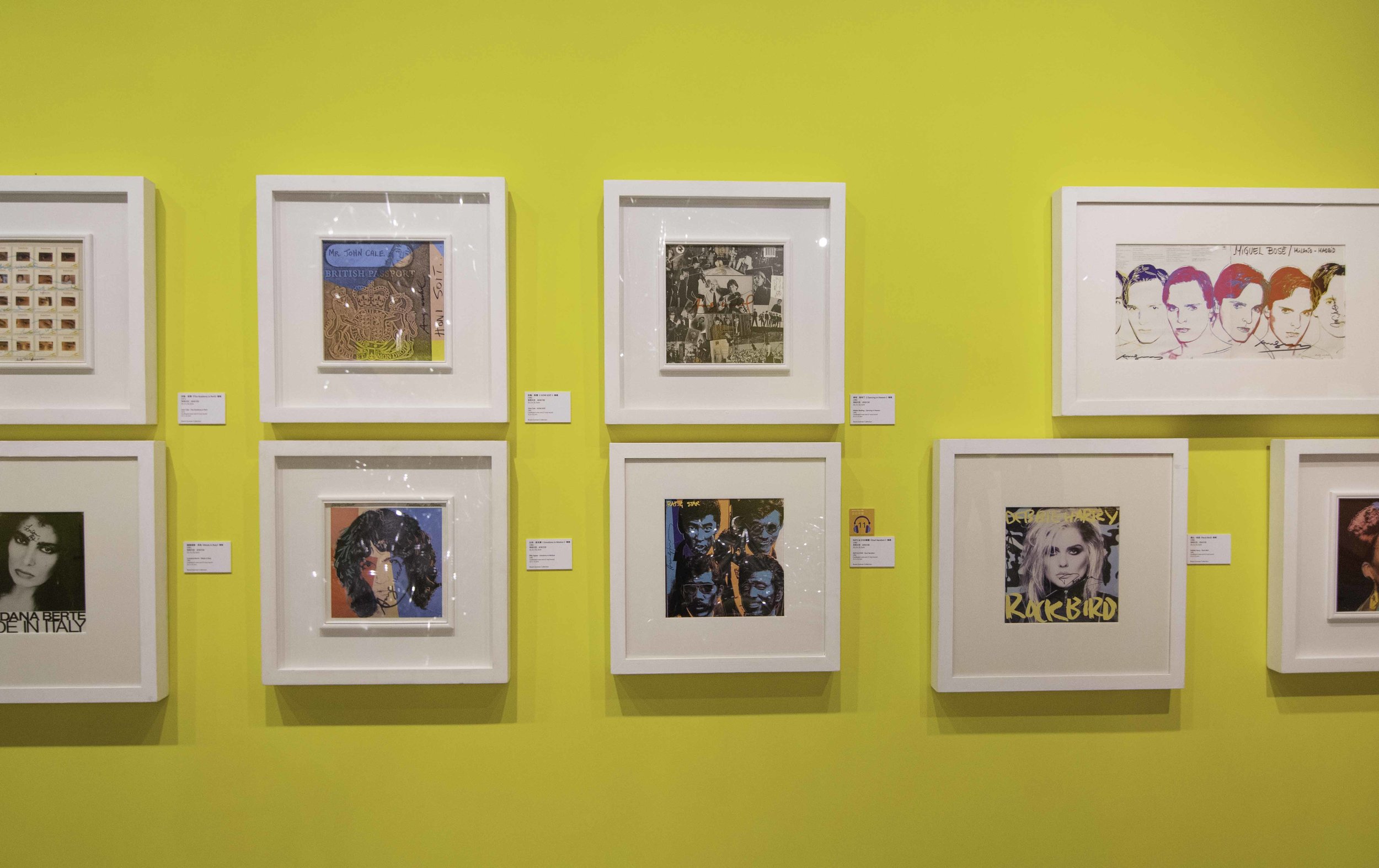

Alice Adds
Sometimes referenced as the “Pope of Pop”, the white-wigged wizard and his famous career has been a holy grail to legions of art students, MFA and artist-in-residence everywhere.
Active from 1954 – 1987, his practice spanned across film, literature, music, photography, magazines and much more. Warhol dominated the world of American Pop Art and challenged the relationship between popular culture and the interpretation of ultimately what is a worthy subject of art. Weaving in elements of commercial advertisement and images already in the public consciousness such as comic strips, celebrity tabloids and publicity shots, it's easy to see why “Pop” was responsible for dethroning Abstract expressionism, as the most significant avant-garde American Art movement of the early 60s. While Abstract suggested, artists like Frank Stella commonly generated works which emphasized the originality of the analog touch and a romance of the isolated studio, leading Pop artists like Warhol literalized.
How it worked:
To me Warhol’s work has always communicated a love of the public. He wanted to be in their lives the same way common objects of expression and design (like soup cans and cereal boxes) were. As a fellow fan of popular culture, he catered mainstream hot topics to spark widely inclusive dialogue and dynamic engagement. He laid exhibits out in the form of grocery stores- way finding that would’ve been instinctively familiar. He was a design nerd - surrounding himself in his home with domestic articles of art and design such as food boxes, commercials, comics.
Through silk-screening and duplication of prints, Warhol broke the boundary between popular objects and art, transforming pop culture into art. In the Taipei’s CKS Memorial hall exhibit the theme of accessibility is very prominent, with a multitude of magazine and album covers designed and signed by Warhol. Much of his work was often made in mechanical repetition to emphasize the power of the concept versus the artifact - moving into a novel idea in which everything can be treated as art – made with intention, to be provocative and questioned.
Familiarity -
Use loaded images already on social consciousness
Novelty -
Transform them into something new, conversational via images, symbols and colours.
Repetition –
Mass distribution erasing the preciousness of the single artifact to emphasize a conceptual practice through mechanical reproduction

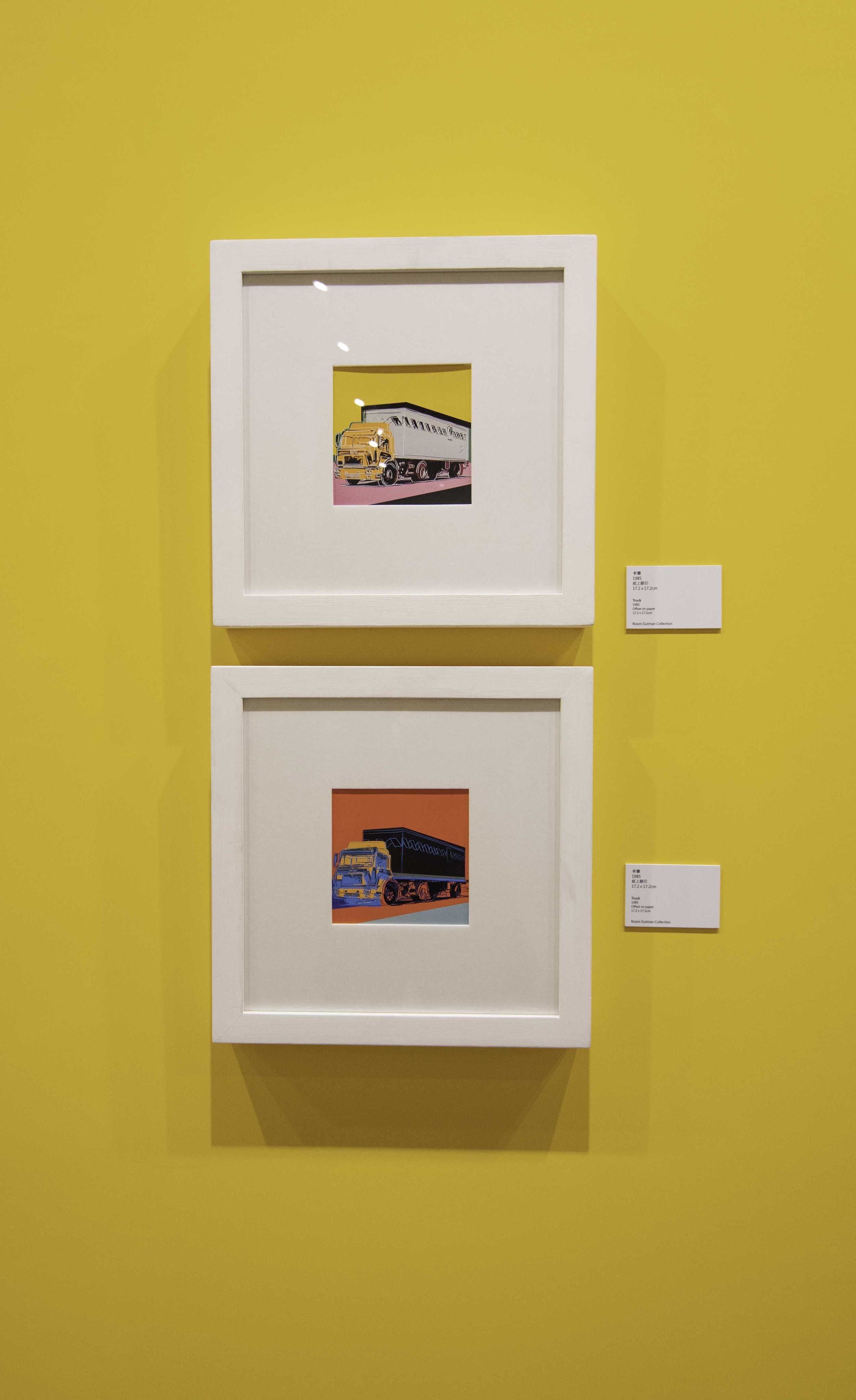


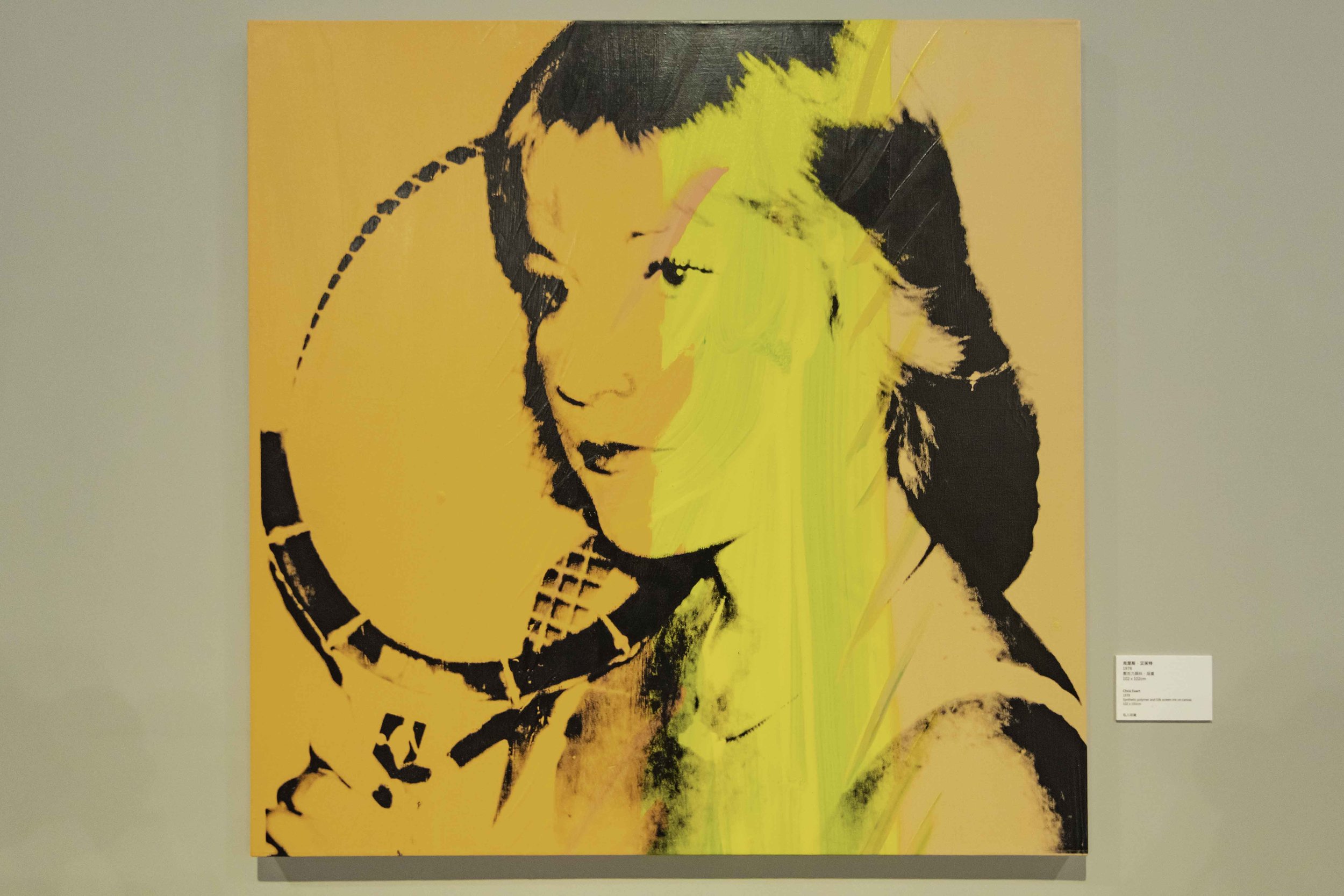
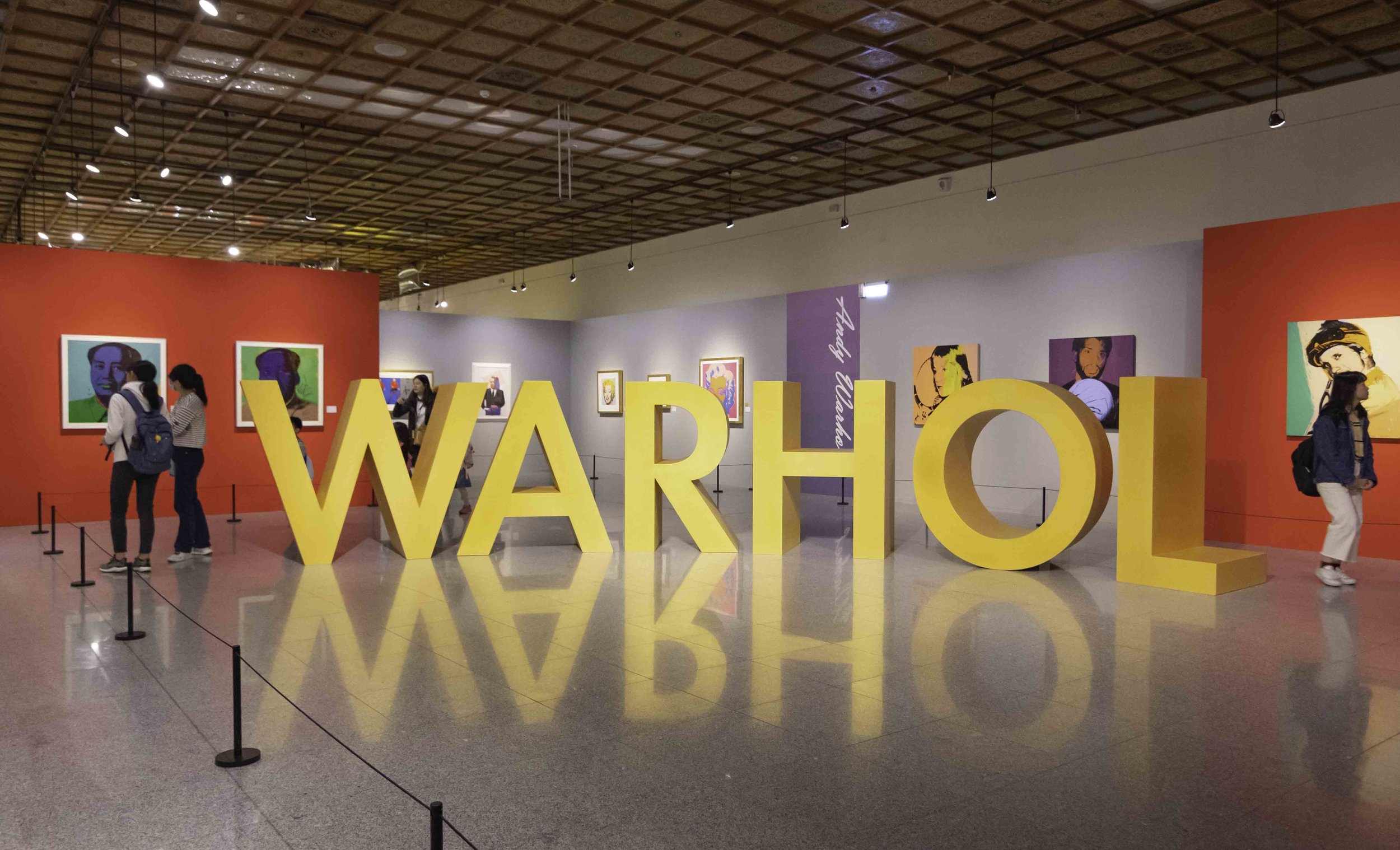

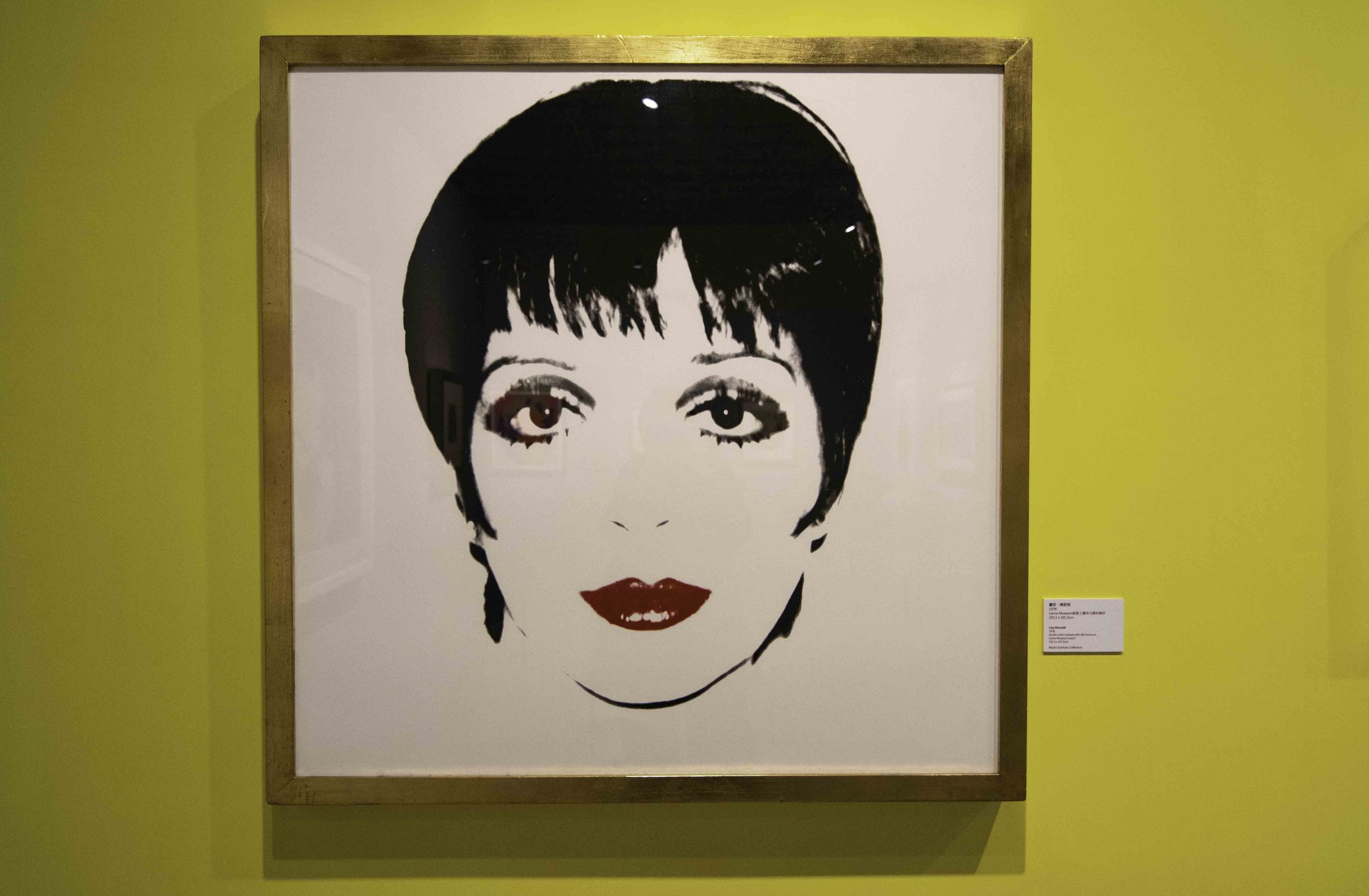
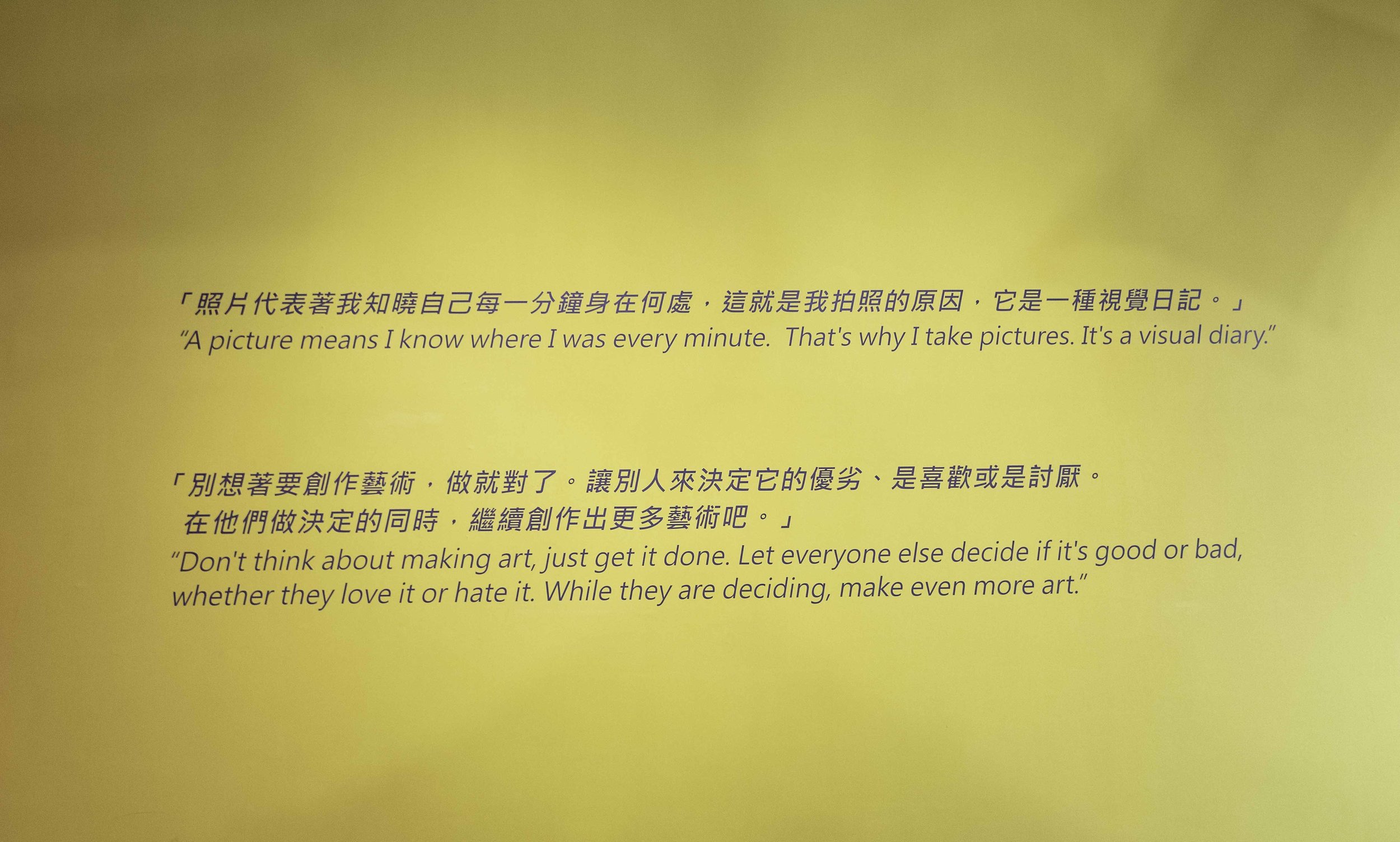
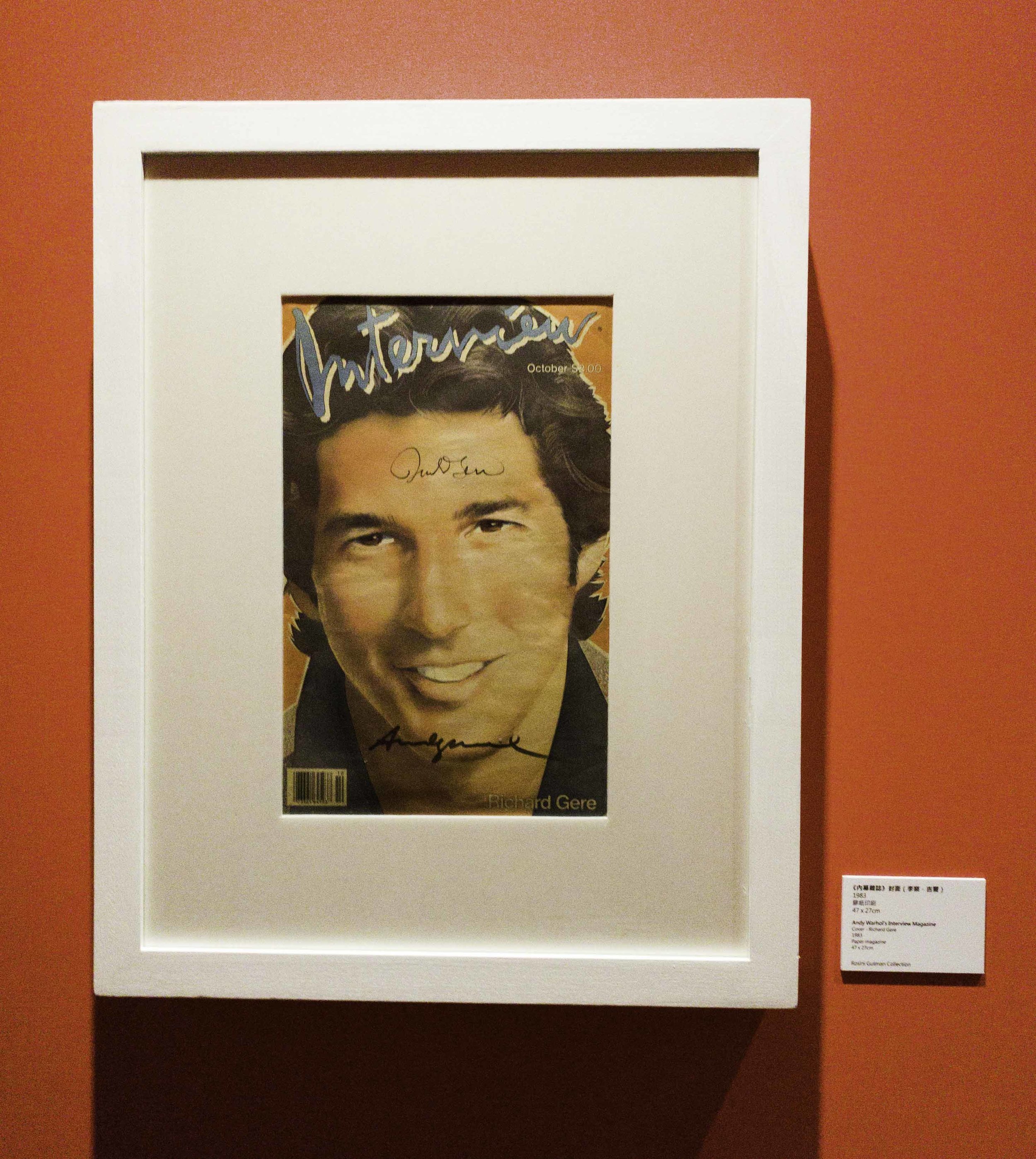
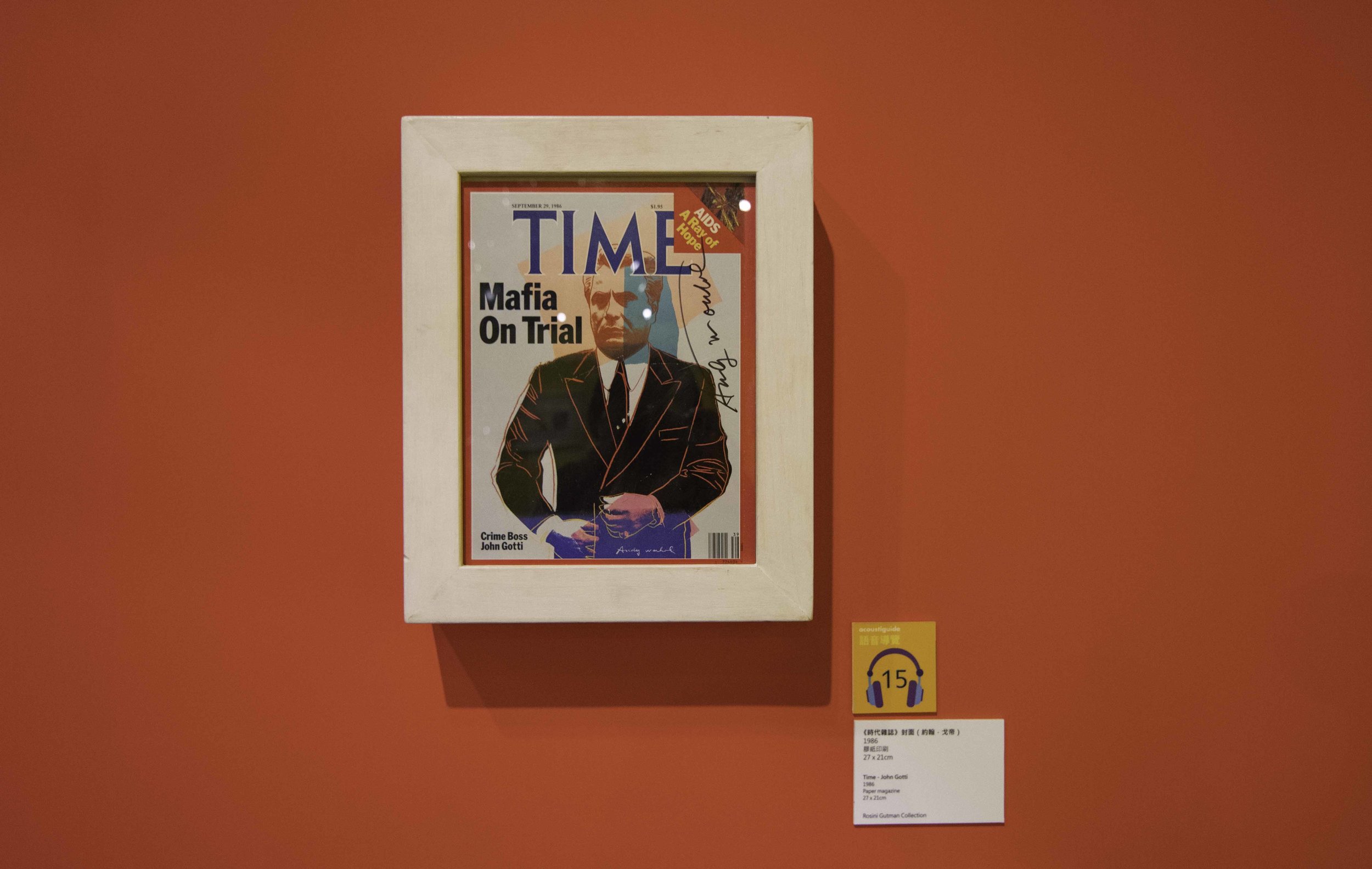
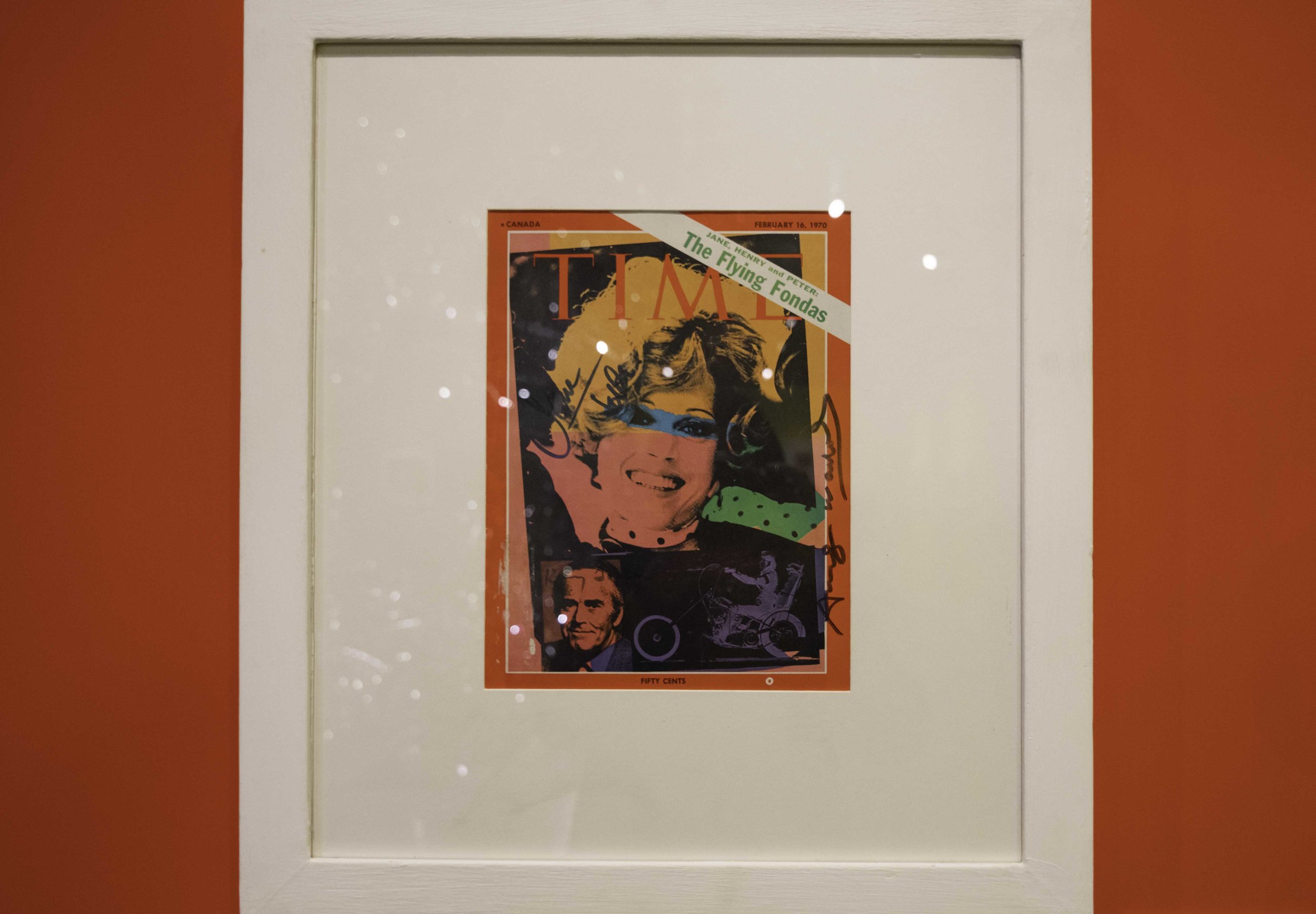
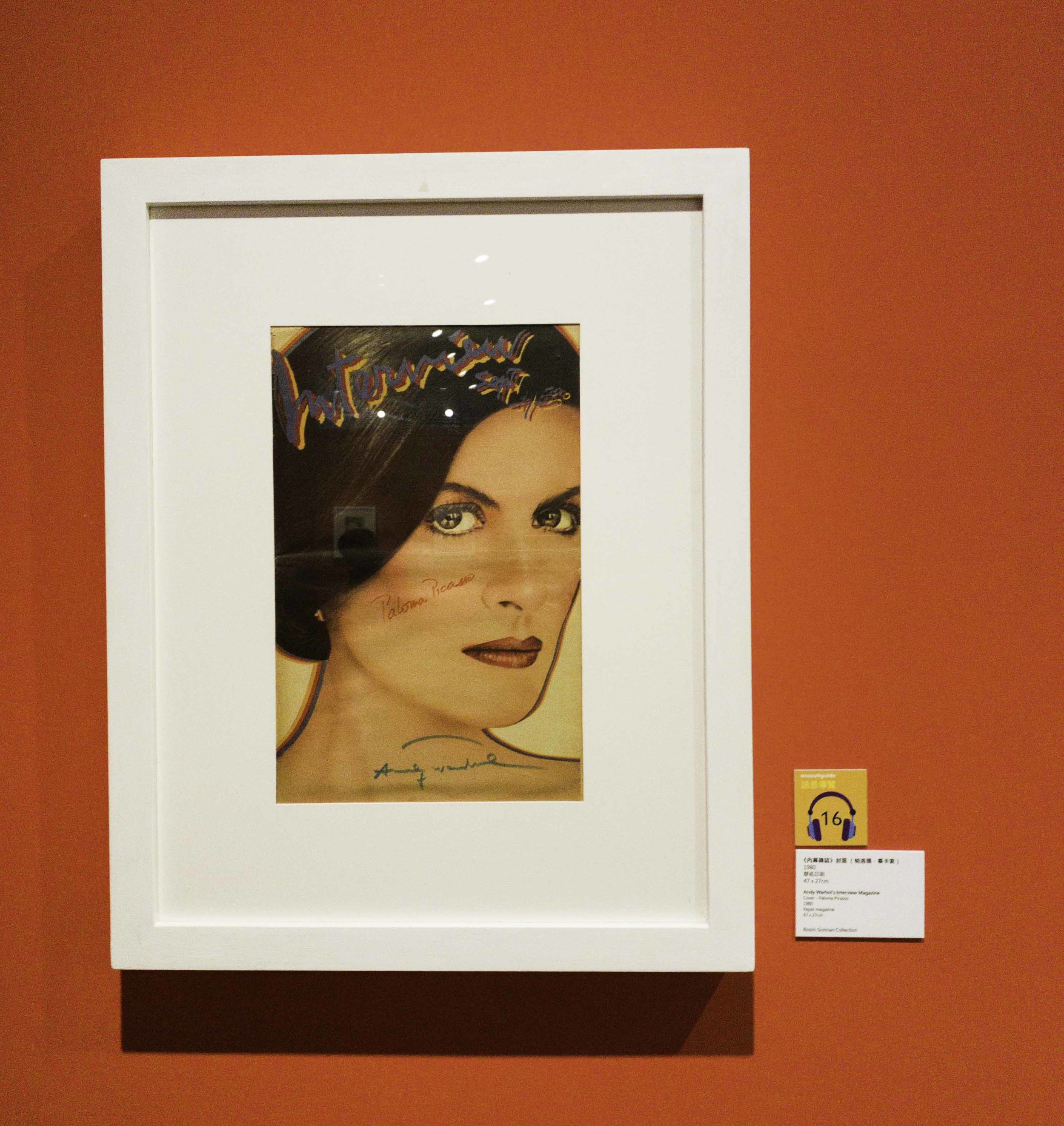
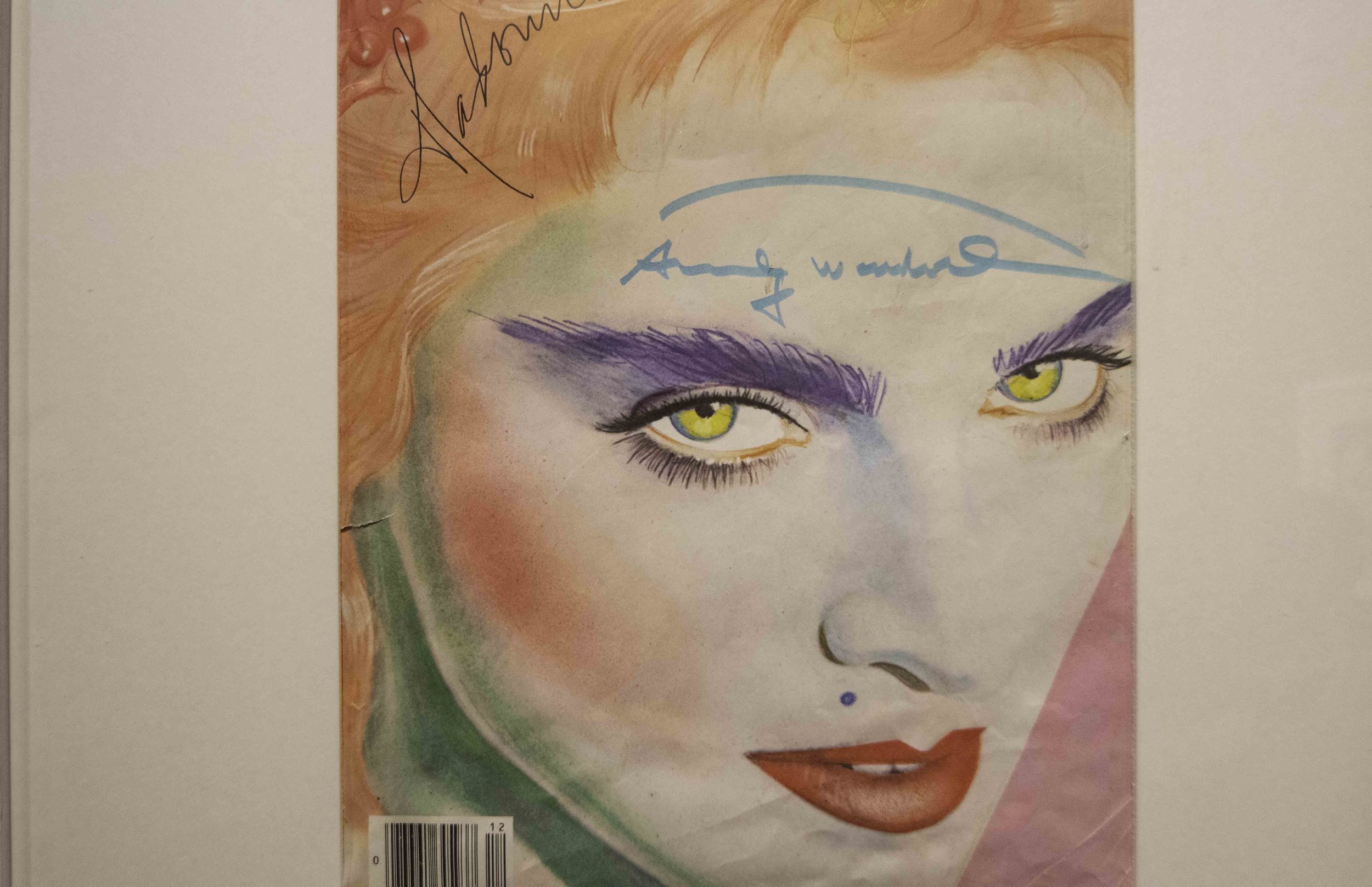
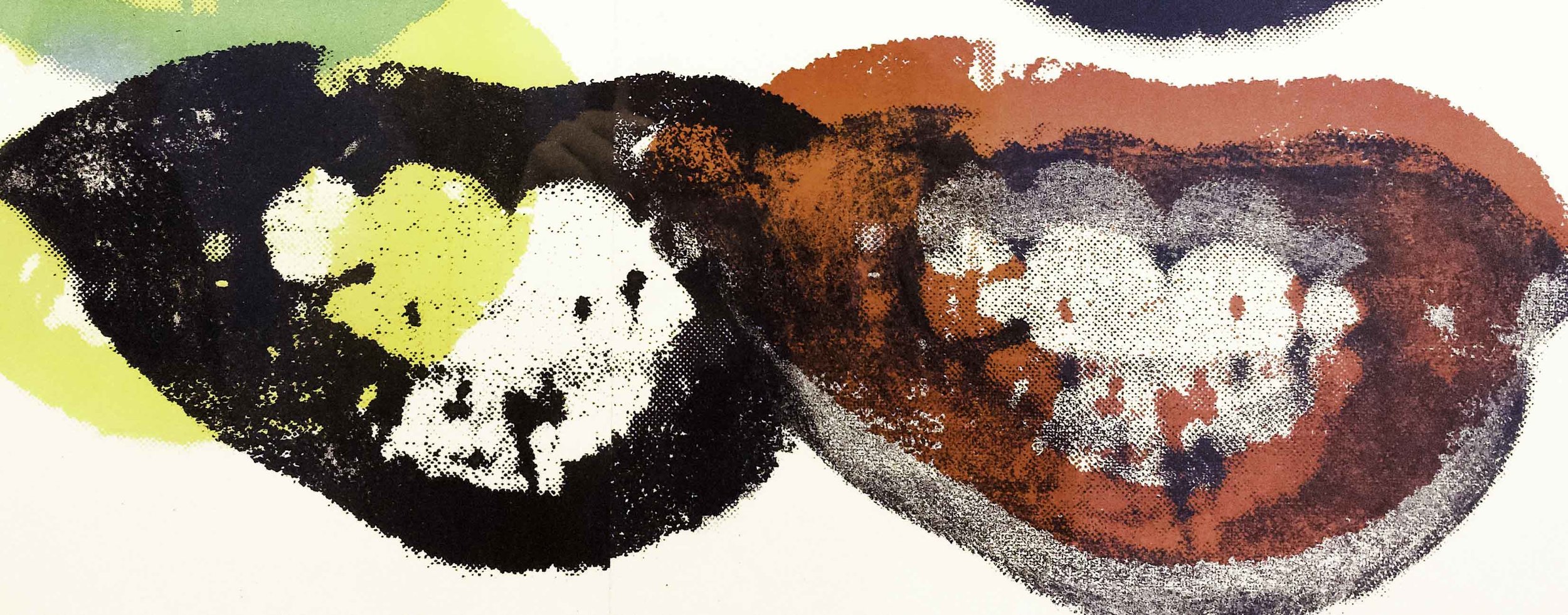
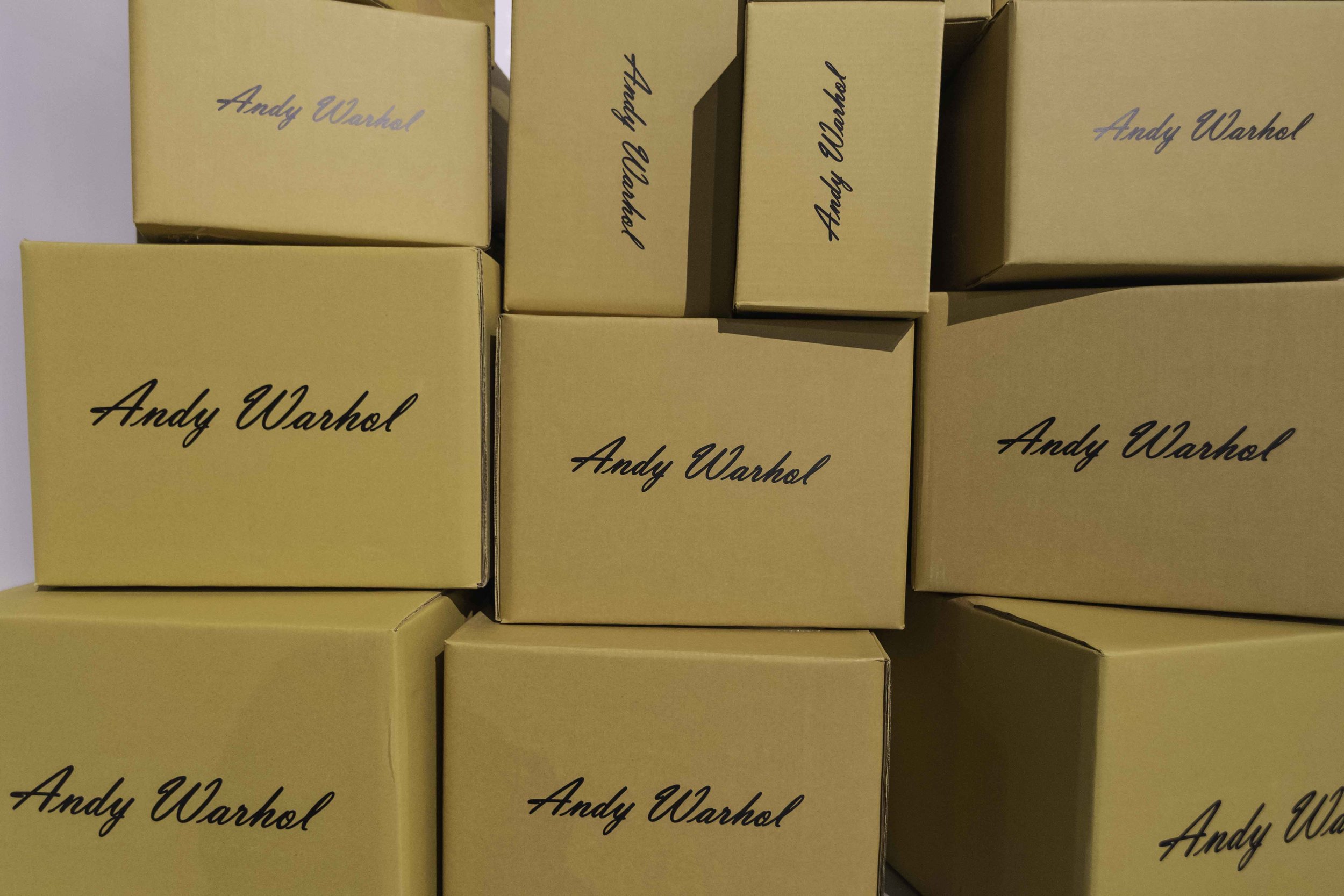

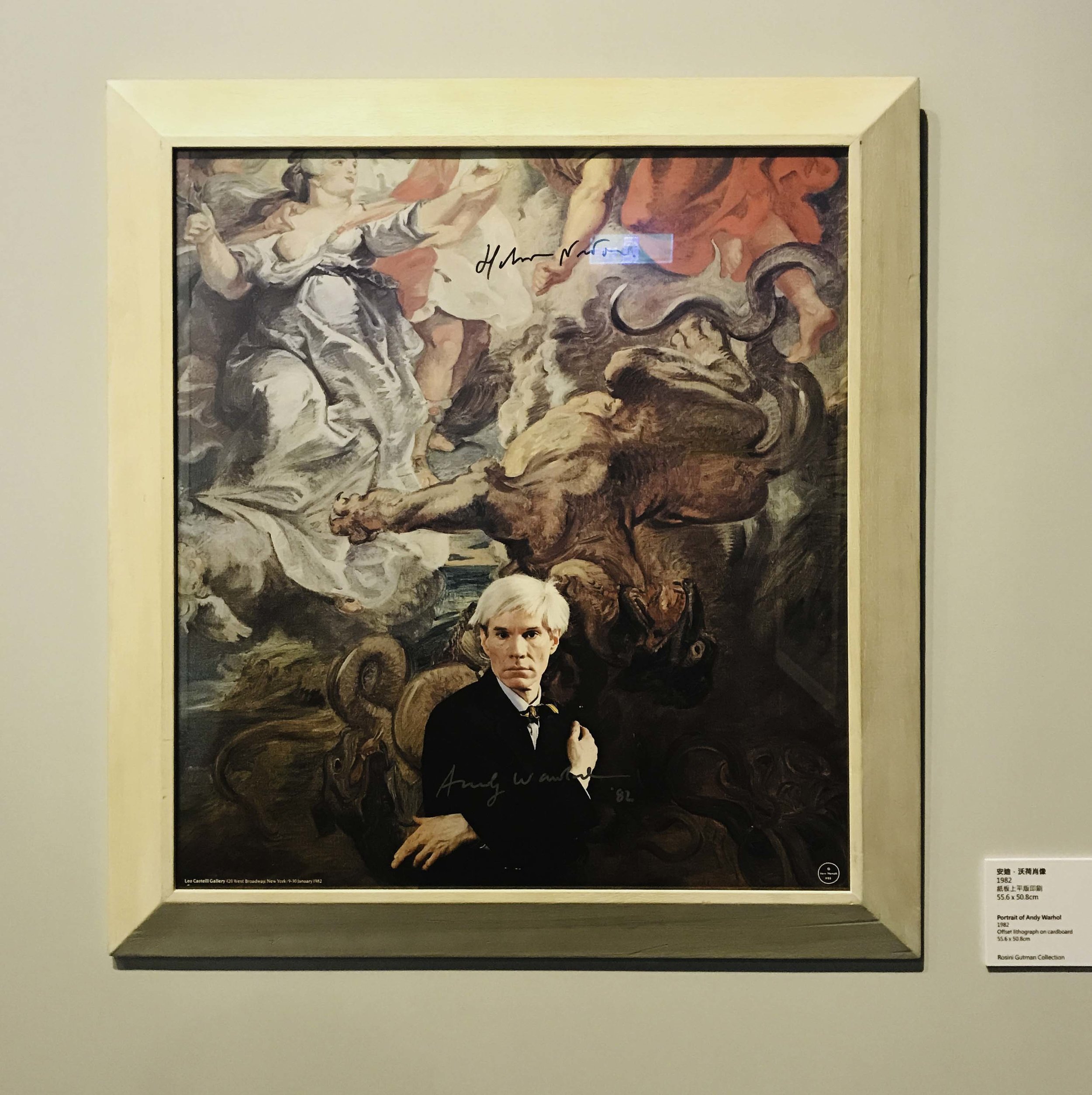
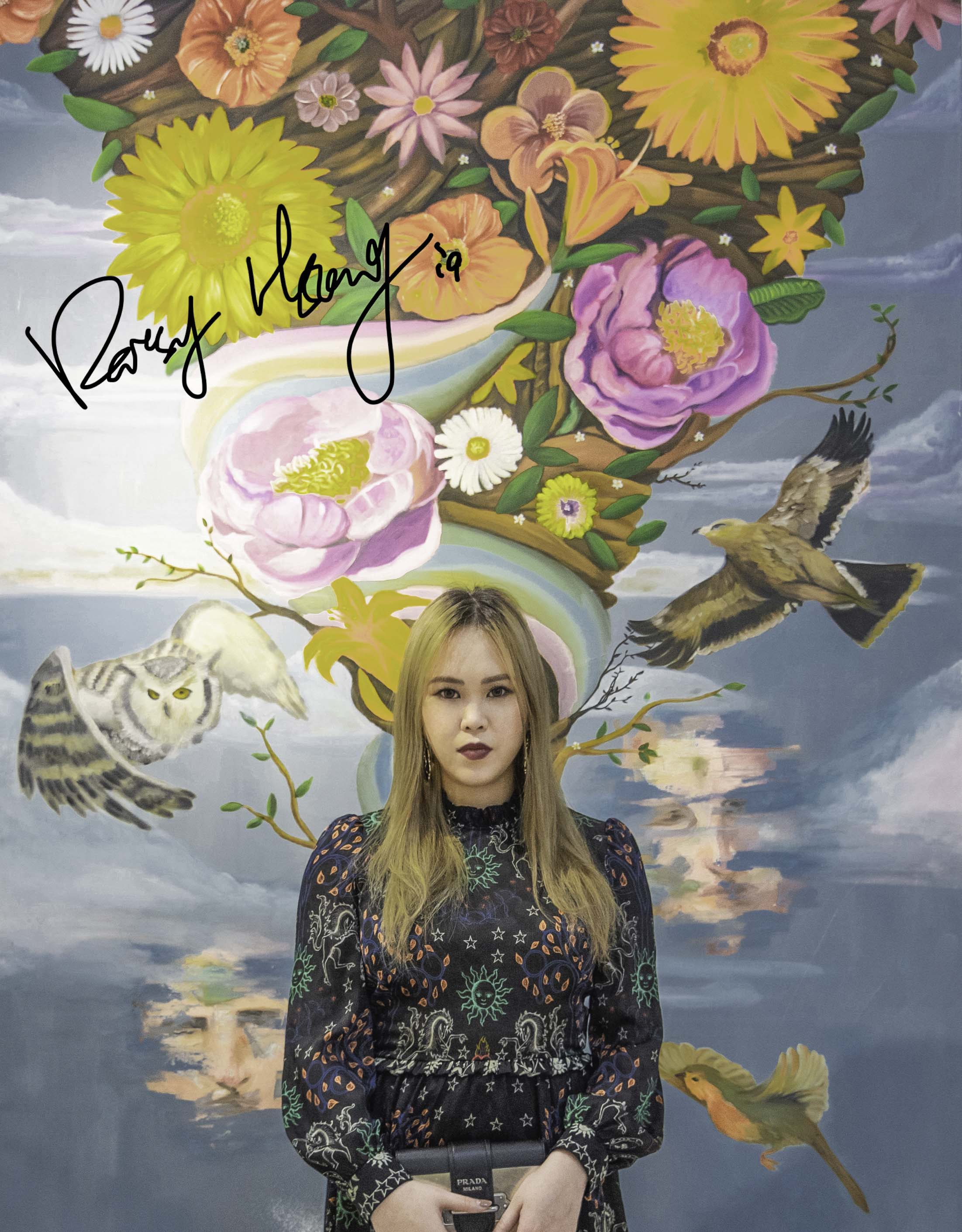
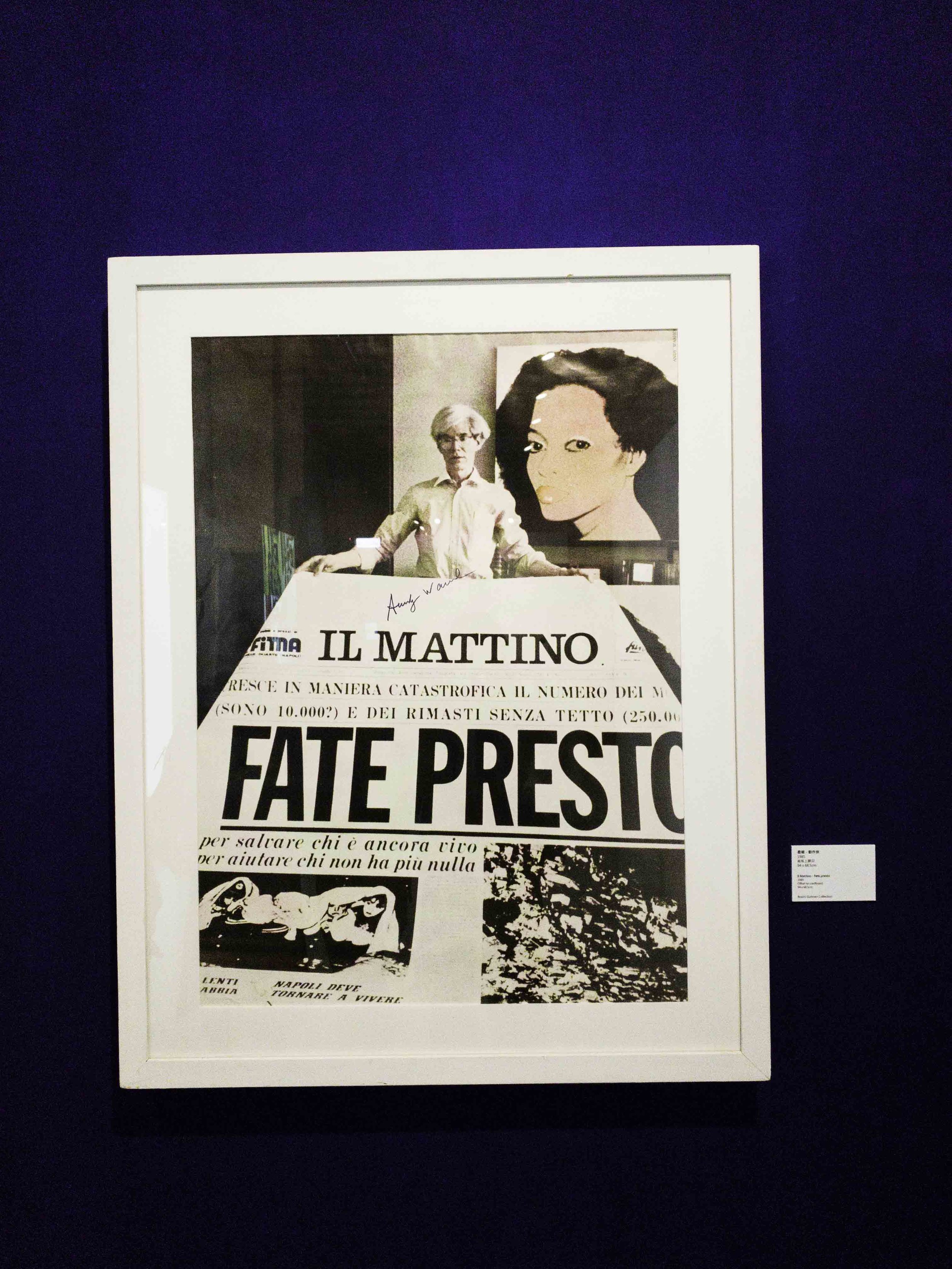
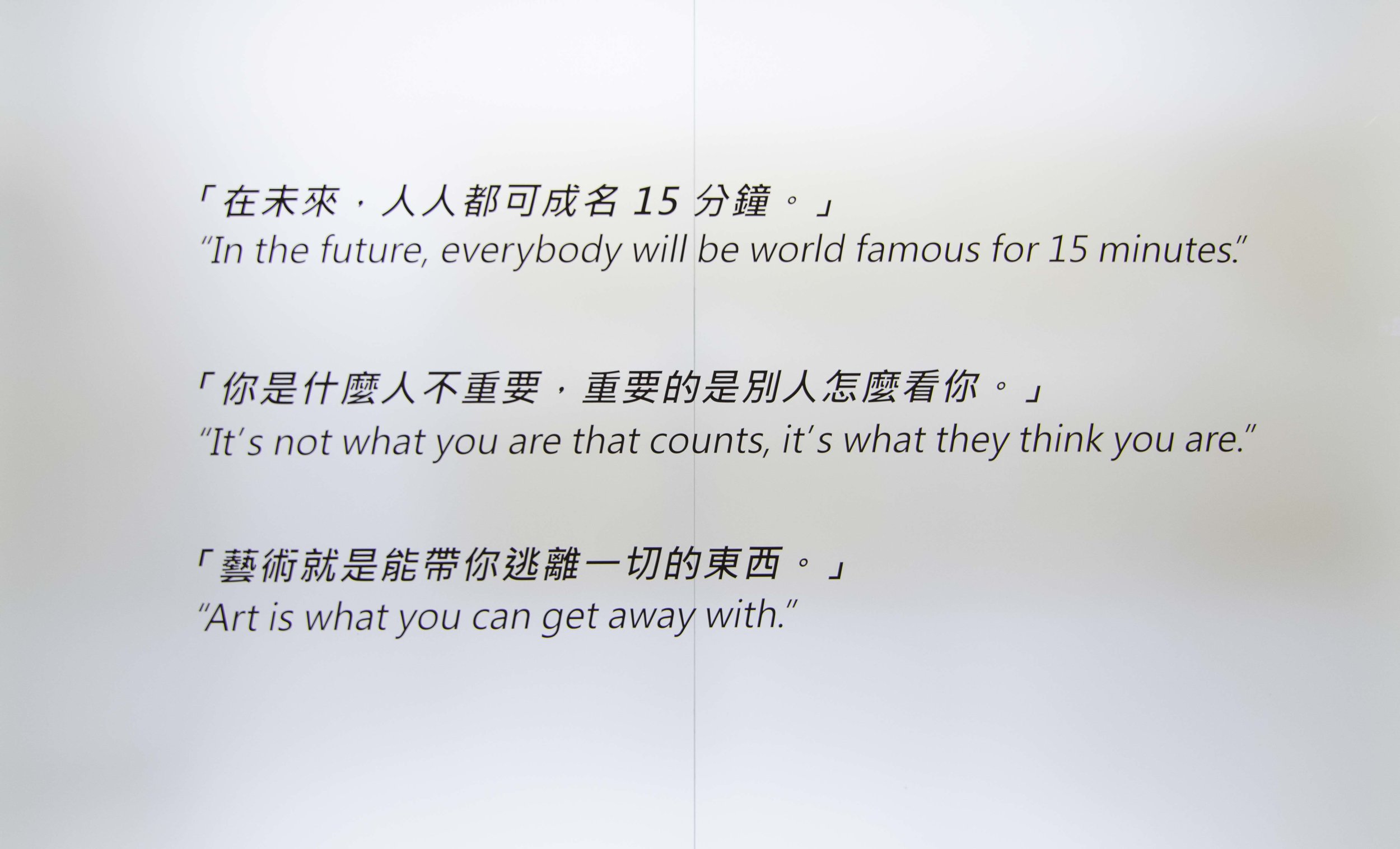
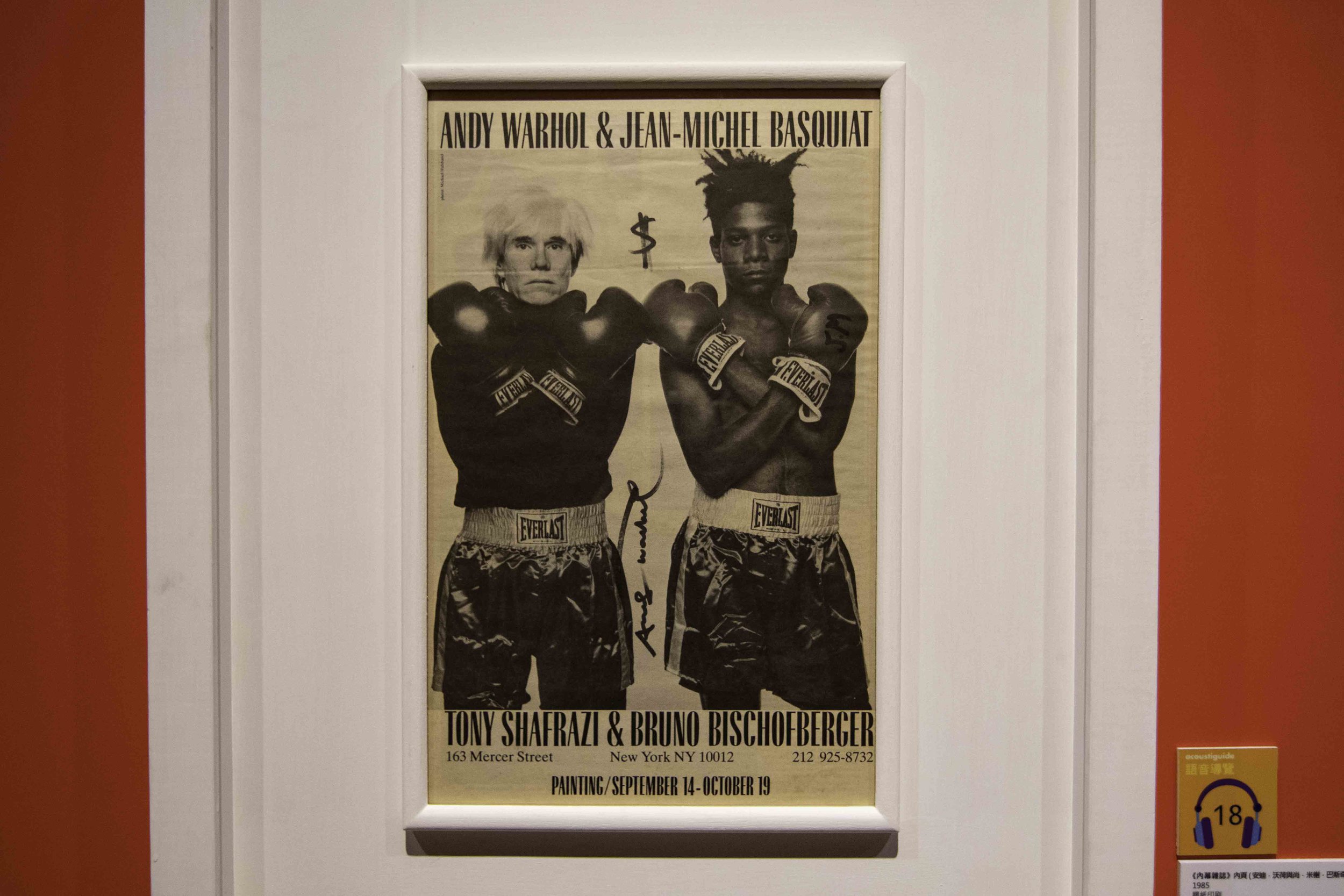

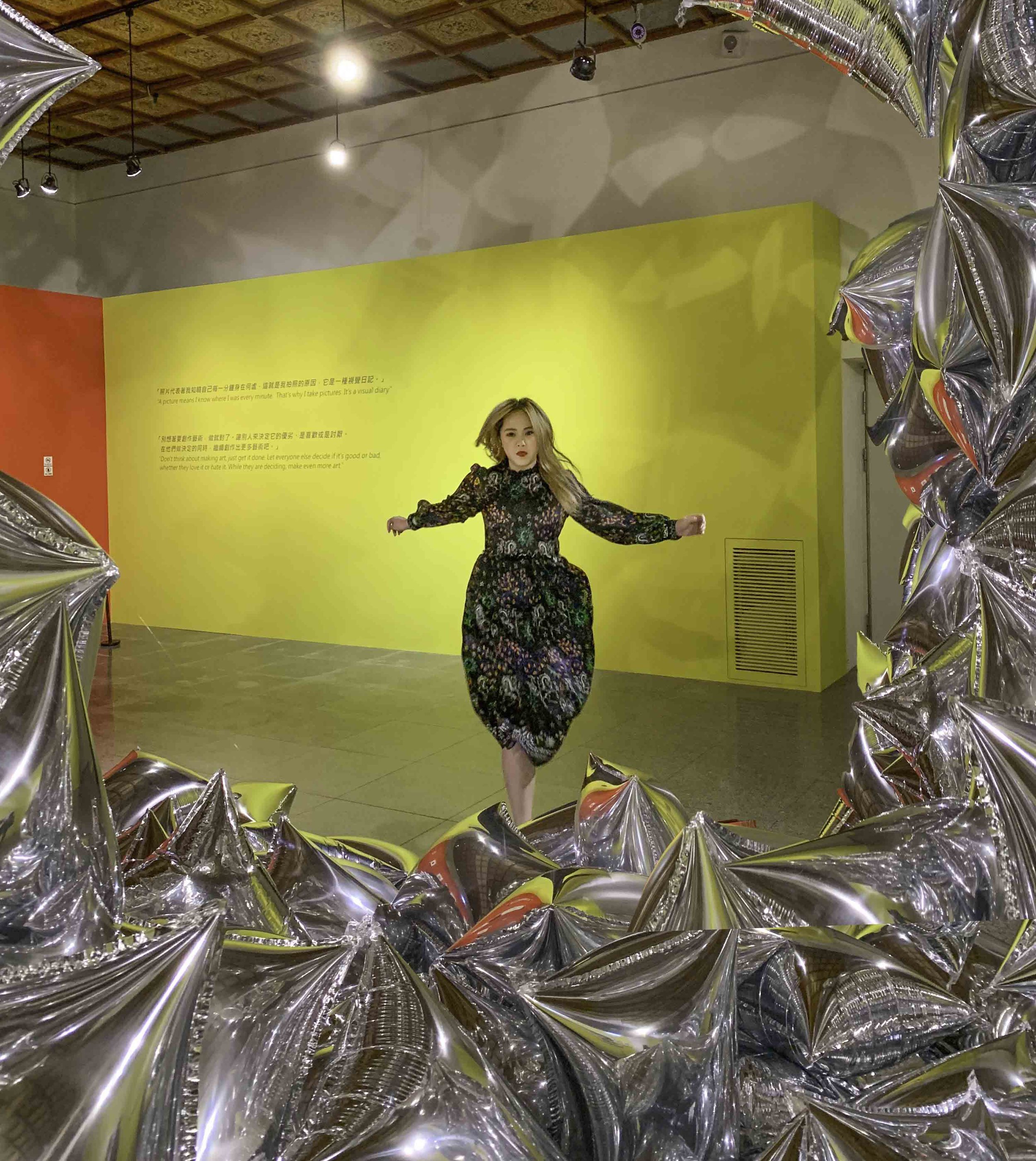



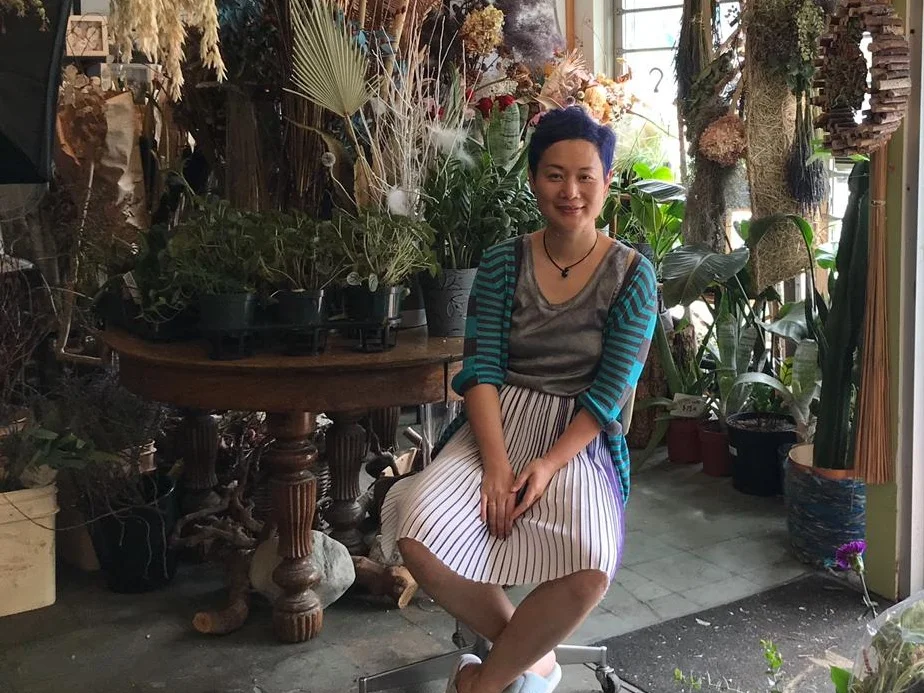




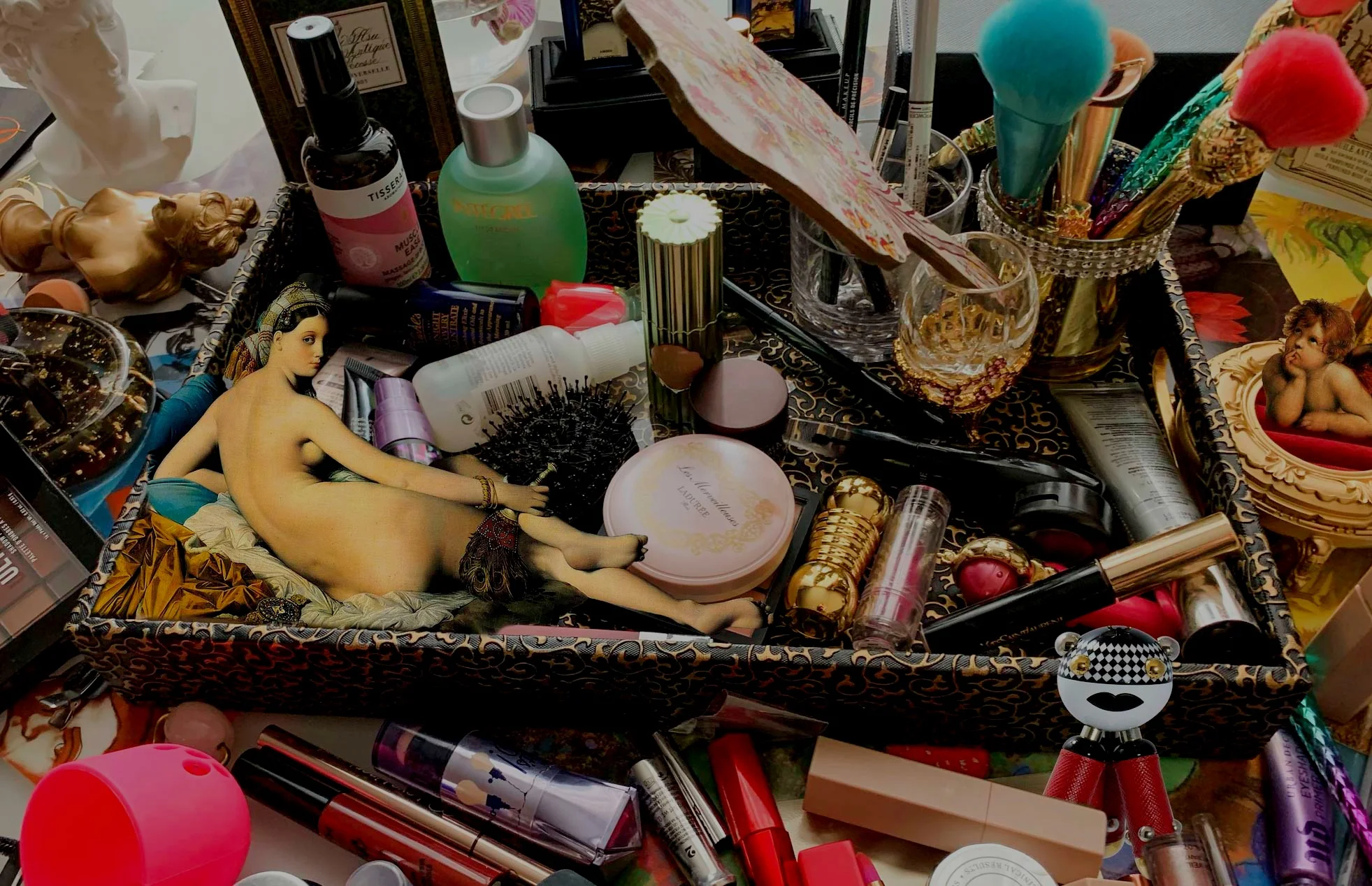
DaisyCode
Our Time on Earth is Short. Spend Your Energy on What Matters Most! Take the Beautiful Convenience of Fresh, Clean and Hydrated Hands Wherever You Go.